
Every year, at least one participant of the Dakar Rally will die. That’s how tough a race it is – but what else would you expect of a race born out of the fact that someone got lost in the desert in Africa, and thought it was great fun? The 70s were truly some wild years, and when Thierry Sabine got lost in the Tenere desert during a rally, he decided to do it next year, but as a race.
1979 saw 182 vehicles line up at the start line, and only 74 made it past the finish line 10,000km later. It wasn’t long before names like Jacky Ickx and Ari Vatanen, and Porsche and Peugeot were lining up at the start of the Dakar Rally. Over the years there has been dominance – Mitsubishi and KTM in particular – but a few names like Stephane Peterhansel have stood head and shoulders above the rest, because he won in both the motorcycle and car classes.
The Dakar Rally reached its height of popularity in the 2000s, when 500 or more competitors would enter the rally. However, the 2008 event was cancelled at the last minute because of terrorist threats. South America came to the rescue, Chile and Argentina offering to host the event. 2009 saw the race move to South America.
KTM has won the last fifteen editions of the rally with various riders, and even the likes of Yamaha’s 2Trac two-wheel drive system failed to make its motorcycles competitive enough to beat the Austrian products.
CS Santosh was the first Indian to participate in the Dakar rally, and the story of how he got there is a fascinating one. He’s back this year with the factory-supported Hero team, while another Indian, Aravind KP, has made his debut this year with the TVS Sherco team.
The Dakar rally promises the highs and lows (emotional, physical and topographical) that only the hardest race in the world can offer, and we’ll be there to follow it for you with daily updates.

![KTM 390 Adventure [2021] Image KTM 390 Adventure [2021] Image](https://imgd.aeplcdn.com/272x153/bw/models/ktm-390-adventure-standard20191122103644.jpg?q=80)
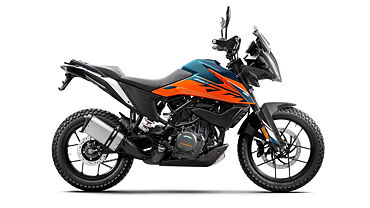
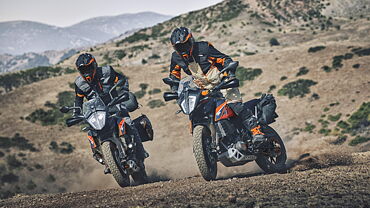
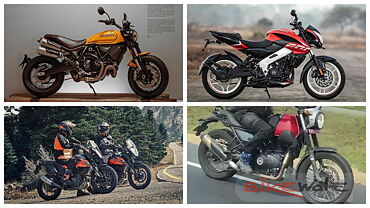
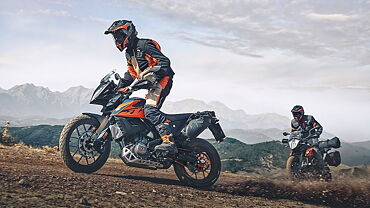
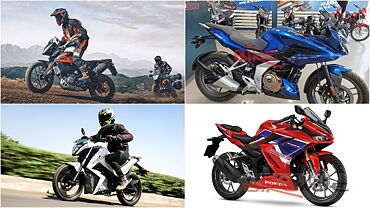
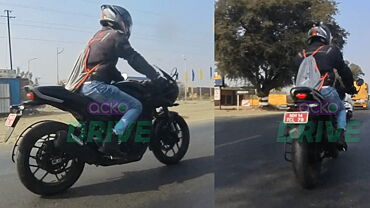

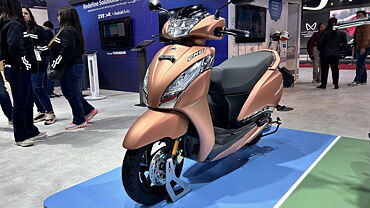
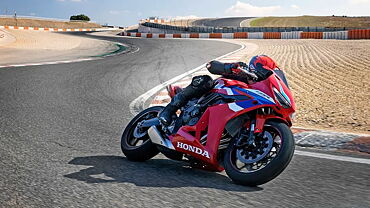
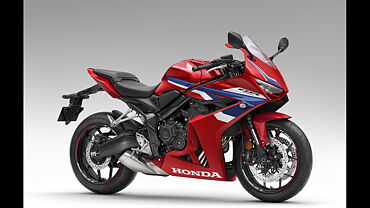
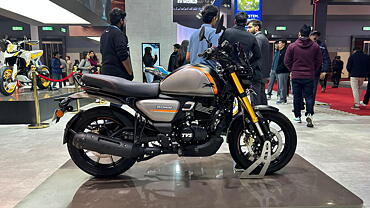
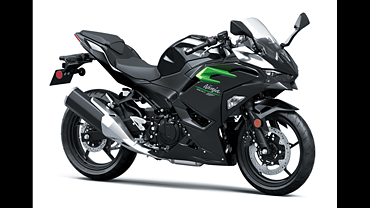
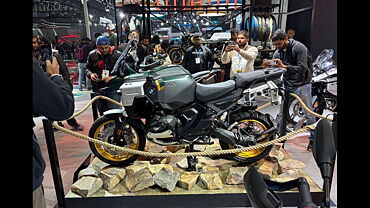
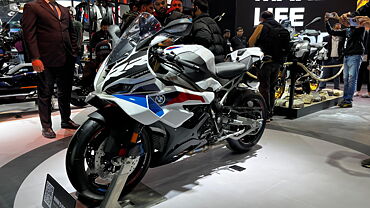

![KTM 390 Adventure [2021] Headlamps KTM 390 Adventure [2021] Headlamps](https://imgd.aeplcdn.com/199x112/n/cw/ec/44024/ktm-390-adventure-headlamps-21.jpeg?q=80)
![KTM 390 Adventure [2021] Left Side KTM 390 Adventure [2021] Left Side](https://imgd.aeplcdn.com/199x112/n/cw/ec/44024/ktm-390-adventure-left-side-32.jpeg?q=80)
![KTM 390 Adventure [2021] Side Indicators KTM 390 Adventure [2021] Side Indicators](https://imgd.aeplcdn.com/199x112/n/cw/ec/44024/ktm-390-adventure-side-indicators-44.jpeg?q=80)
![KTM 390 Adventure [2021] Side KTM 390 Adventure [2021] Side](https://imgd.aeplcdn.com/199x112/n/cw/ec/44024/ktm-390-adventure-side-7.jpeg?q=80)
![KTM 390 Adventure [2021] Headlamp KTM 390 Adventure [2021] Headlamp](https://imgd.aeplcdn.com/468x263/n/cw/ec/44024/ktm-390-adventure-headlamp-0.jpeg?q=80)
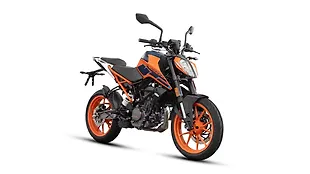
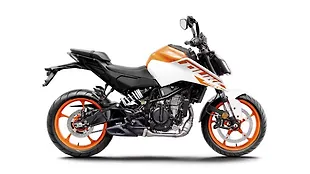
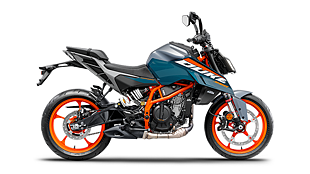





![KTM 390 Adventure X [2025] KTM 390 Adventure X [2025]](https://imgd.aeplcdn.com/272x153/n/cw/ec/190885/390-adventure-x-2025-right-side-view.jpeg?isig=0&q=80)